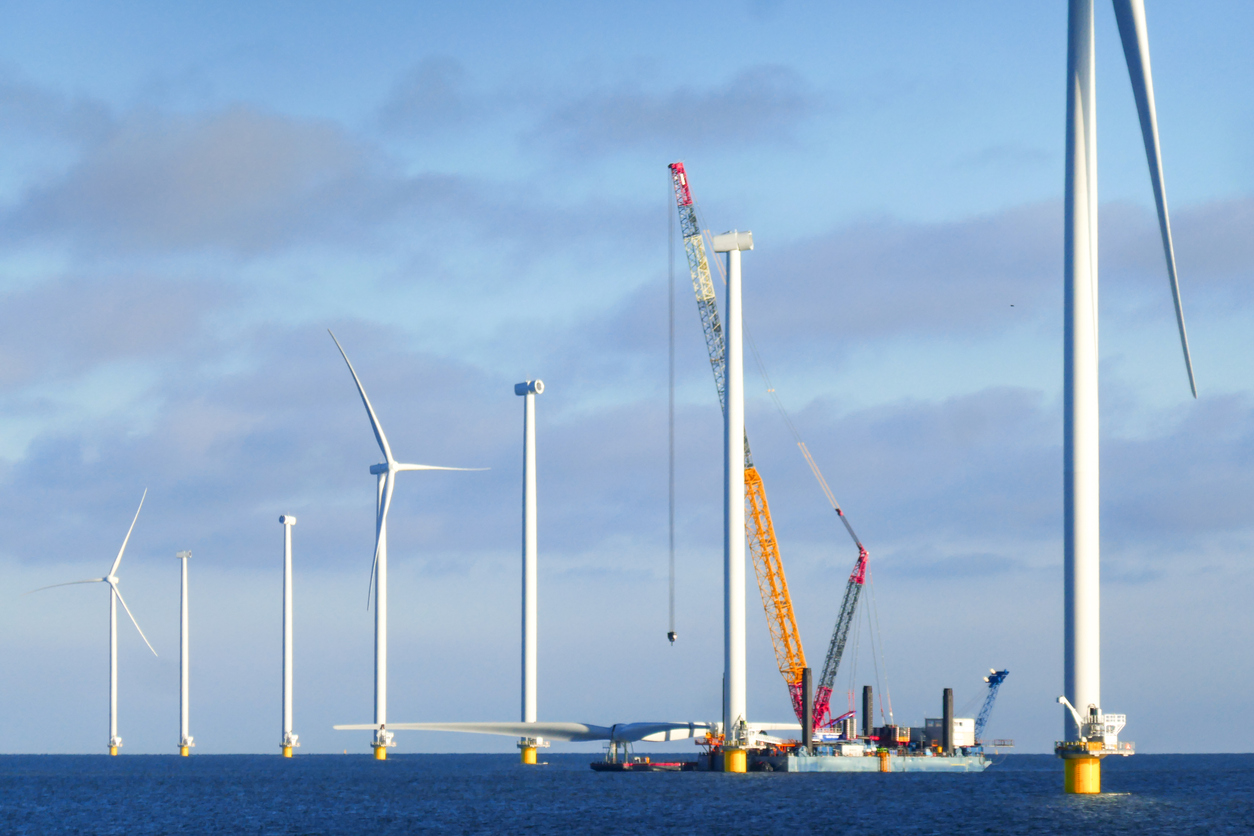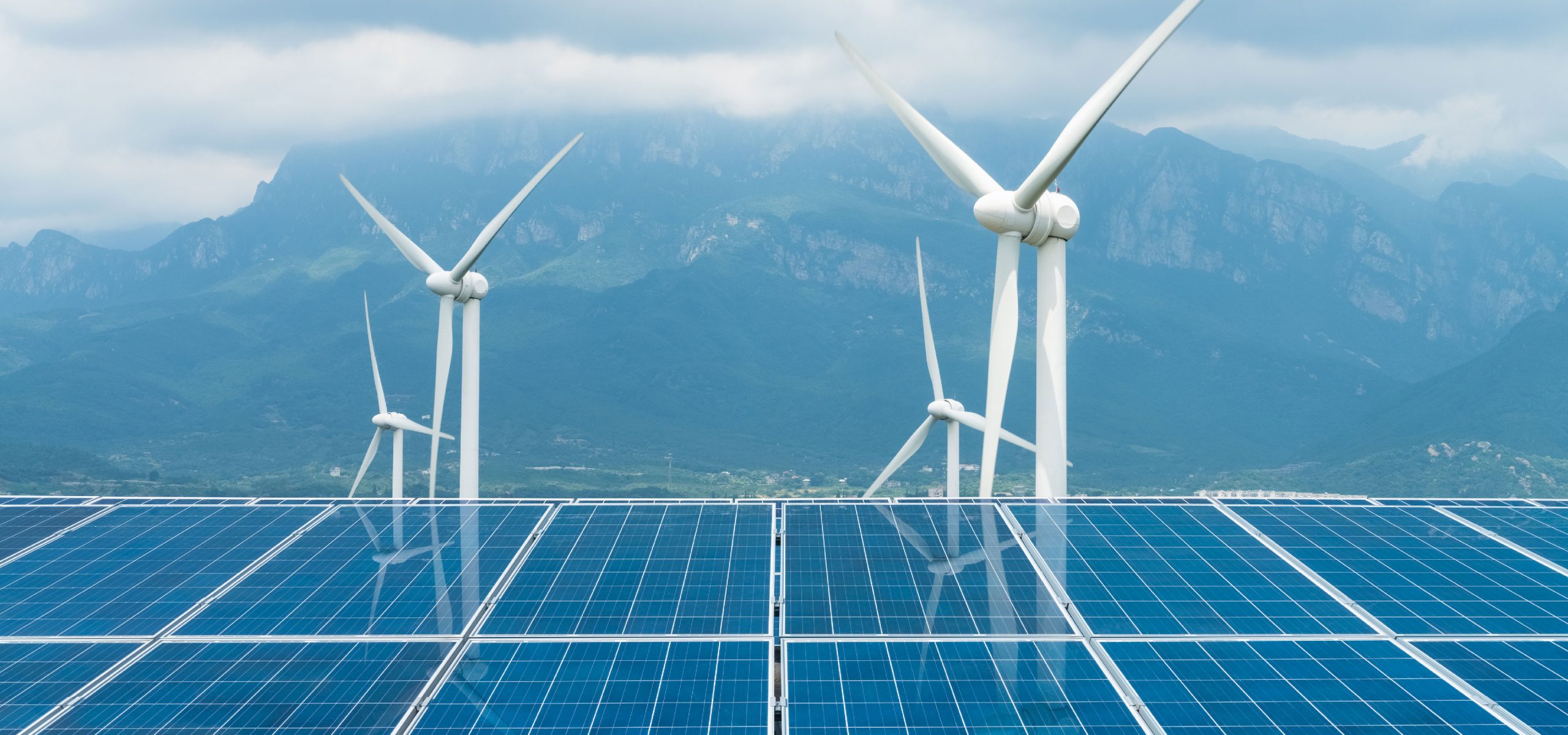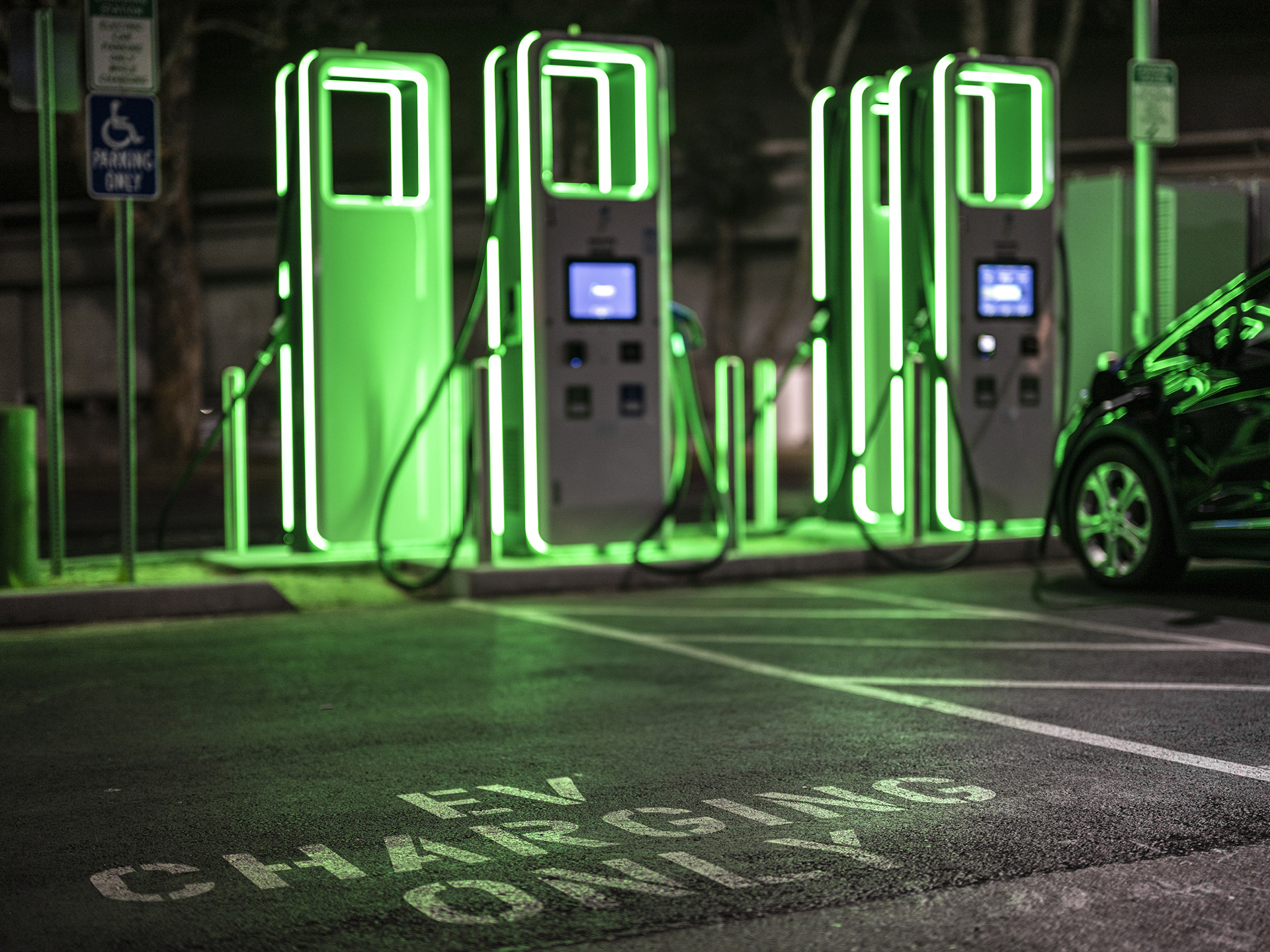
Can Coastal states meet their clean energy needs without offshore wind?
On January 20, 2025, President Donald Trump signed an executive order halting new leases for offshore wind power. This effectively means that no new offshore wind energy can be built in the United States, apart from a few projects that already have leases and permits in hand. Joshua Hodge, Executive Director of MIT CEEPR, offers his thoughts on these developments in this interview.
Learn More
Tariffs will increase New England electricity and gas prices
New England has dodged energy price hikes for now as tariffs were pushed off. Faculty Director Christopher Knittel spoke with CBS News Boston about how potential tariffs on energy could affect the pocketbooks of consumers now, and in the future.
Learn More
3 Things to Know about the Next 4 Years of US Energy
How will the next four years under President-elect Donald Trump impact climate policy? On a recent episode of the “What If It Works?” podcast, hosted by the MIT Energy Initiative, MIT Sloan professor and economist Christopher Knittel offered a few early predictions on the potential short- and long-term climate and energy impacts of the second Trump presidency.
Learn More
Clean Investment
Monitor
The Clean Investment Monitor (CIM) is a joint project of the MIT Center for Energy and Environmental Policy Research (CEEPR) and the Rhodium Group. The CIM tracks public and private investments in climate technologies in the United States. Through this data and analysis, the CIM provides insights into investment trends, the effects of federal and state policies, and on-the-ground progress in the U.S. towards net-zero greenhouse gas emissions.
The CIM covers dozens of different technologies and their input components across all sectors of the economy, including for clean electricity and transportation, building electrification, low-emission industrial production, and carbon management.
Learn More
Climate Action
Through Education
The MIT Climate Action Through Education (CATE) program, directed by Professor Christopher R. Knittel, has developed an MIT-informed interdisciplinary, place-based climate change curriculum for U.S. high school teachers in the following core disciplines: History/Social Science, English/Language Arts, Math, and Science.
Curricular materials – labs, units, lessons, projects – will be aligned with Next Generation Science Standards, and MA education standards. The solutions-focused curriculum aims to inform students about the causes and consequences of anthropogenic climate change, while equipping them with the knowledge and sense of agency to contribute to climate mitigation, adaptation and resilience.
Learn More
Driving Towards
Seamless Public
EV Charging
Widespread electric vehicle (EV) adoption is critical to confronting climate change – but a lack of sufficient public charging infrastructure is holding many potential EV drivers back. A team of researchers from Harvard and the MIT Center for Energy and Environmental Policy Research will work to accelerate progress on public EV charging as a gating requirement to achieving widespread EV adoption. The team will contribute by working directly with stakeholders and stakeholder groups to identify barriers to seamless public EV charging, build consensus for solutions, and advance those solutions.
Learn More
The Roosevelt
Project
Transitioning the United States economy toward deep decarbonization will have unequally distributed effects, positive and negative, across socio-economic groups, geographies and economic sectors. The concerns of workers and communities adversely affected by the transition must inform the discussion around decarbonization, associated policy changes and institutional development. The goal of the Roosevelt Project is to provide an analytical basis for charting a path to a low carbon economy in a way that promotes high quality job growth, minimizes worker and community dislocation, and harnesses the benefits of energy technologies for regional economic development.
Learn More






